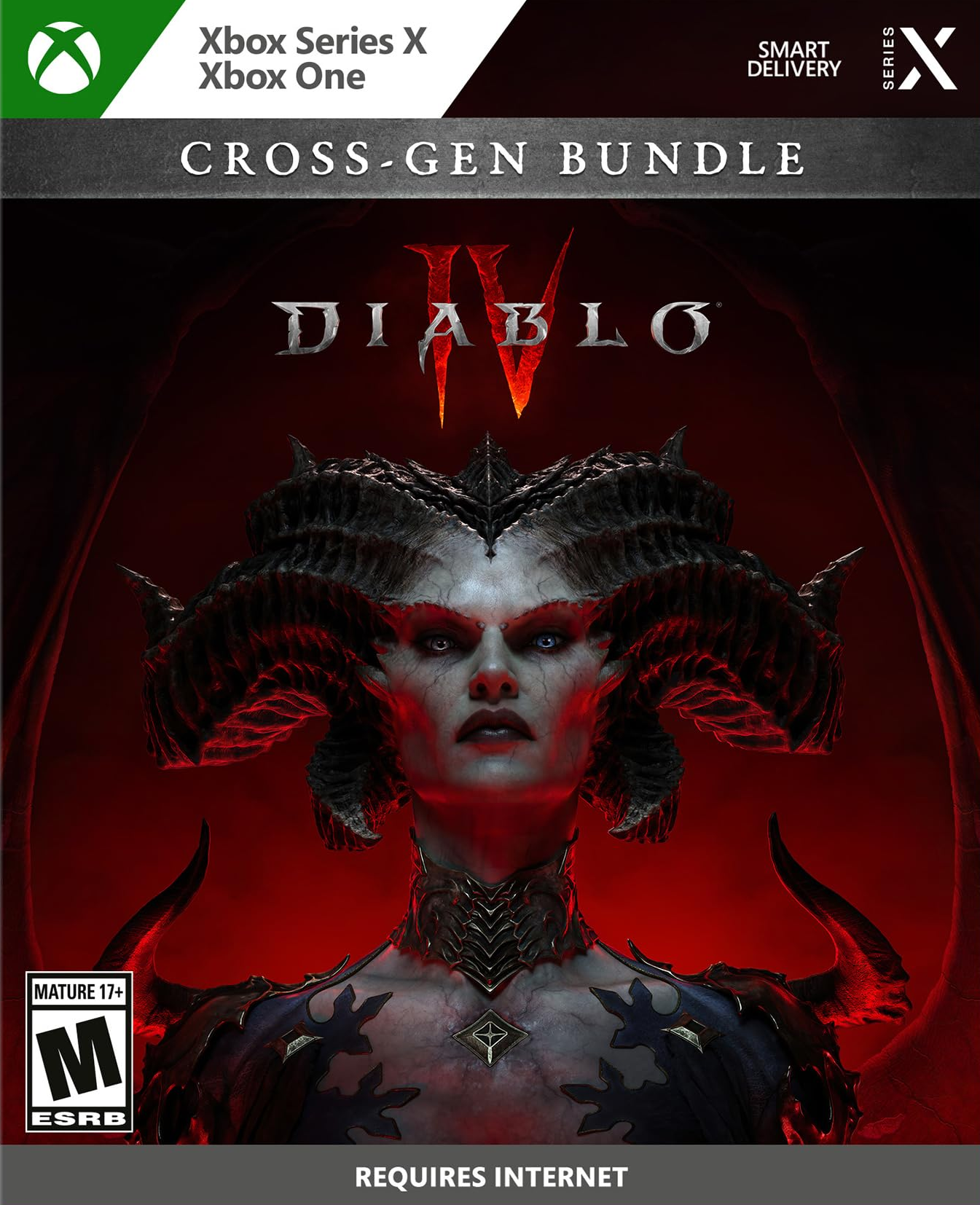

Diablo IV is a single-player and multiplayer action role-playing game.
The story takes place in Sanctuary, a world plagued by demons, cultists, and corrupted humans. After centuries of fragile peace, the return of Lilith, daughter of Mephisto, threatens to plunge the world into chaos once again. The player takes the role of a wandering adventurer who becomes entangled in the struggle between the forces of Heaven and Hell, traveling across the regions of Sanctuary while pursuing Lilith’s followers and uncovering dark secrets. The overarching goal is to combat demonic corruption while seeking to restore a measure of stability to the land.
The narrative unfolds through cinematic cutscenes and dialogue with key characters, revealing the consequences of ancient conflicts and the manipulation of mortals by higher powers. Along the way, the player can choose different approaches in conversations and decide which quests to pursue, but the central focus remains on confronting Lilith and her growing influence.
Gameplay centers on real-time combat viewed from an isometric perspective. Players select one of several character classes such as Barbarian, Sorcerer, Rogue, Druid, or Necromancer, each offering distinct abilities, weapons, and playstyles. Combat involves chaining attacks, using cooldown-based skills, and combining class-specific mechanics such as elemental magic or shapeshifting. Enemies appear in large groups, including elite and boss-level foes that require positioning, resource management, and timely use of abilities.
Progression is tied to experience points earned from defeating enemies and completing quests. Leveling up grants points that can be assigned to an expansive skill tree, allowing specialization in offensive or defensive powers. Equipment such as weapons, armor, and magical items can be looted, crafted, or traded, with rarity tiers that influence power and special attributes. The inventory system allows players to manage limited space while prioritizing gear improvements, socketing gems, and using consumables like healing potions.
The world of Sanctuary is presented as an interconnected open map with multiple regions that can be explored seamlessly. Dungeons are randomly generated in layout and enemy placement, offering replayability. Mounts provide faster travel across large areas, while waypoints allow quick navigation between key locations. Events such as world bosses, strongholds, and random encounters provide optional challenges that reward valuable items and resources.
Multiplayer integration enables cooperative play, trading, and participation in large-scale world events. Player versus player zones are designated areas where combat against other adventurers is possible, with rewards tied to risk. Seasonal events introduce new mechanics, quests, and cosmetic rewards for limited durations, encouraging repeated playthroughs. While the main storyline is designed for solo play, the game requires an online connection and supports shared world features. This structure means that dungeons can be tackled alone or with others, and large world events often require multiple players to succeed. Seasonal characters, once created, exist only for that season’s duration before transferring to the main roster, maintaining a cycle of new challenges and progression systems.